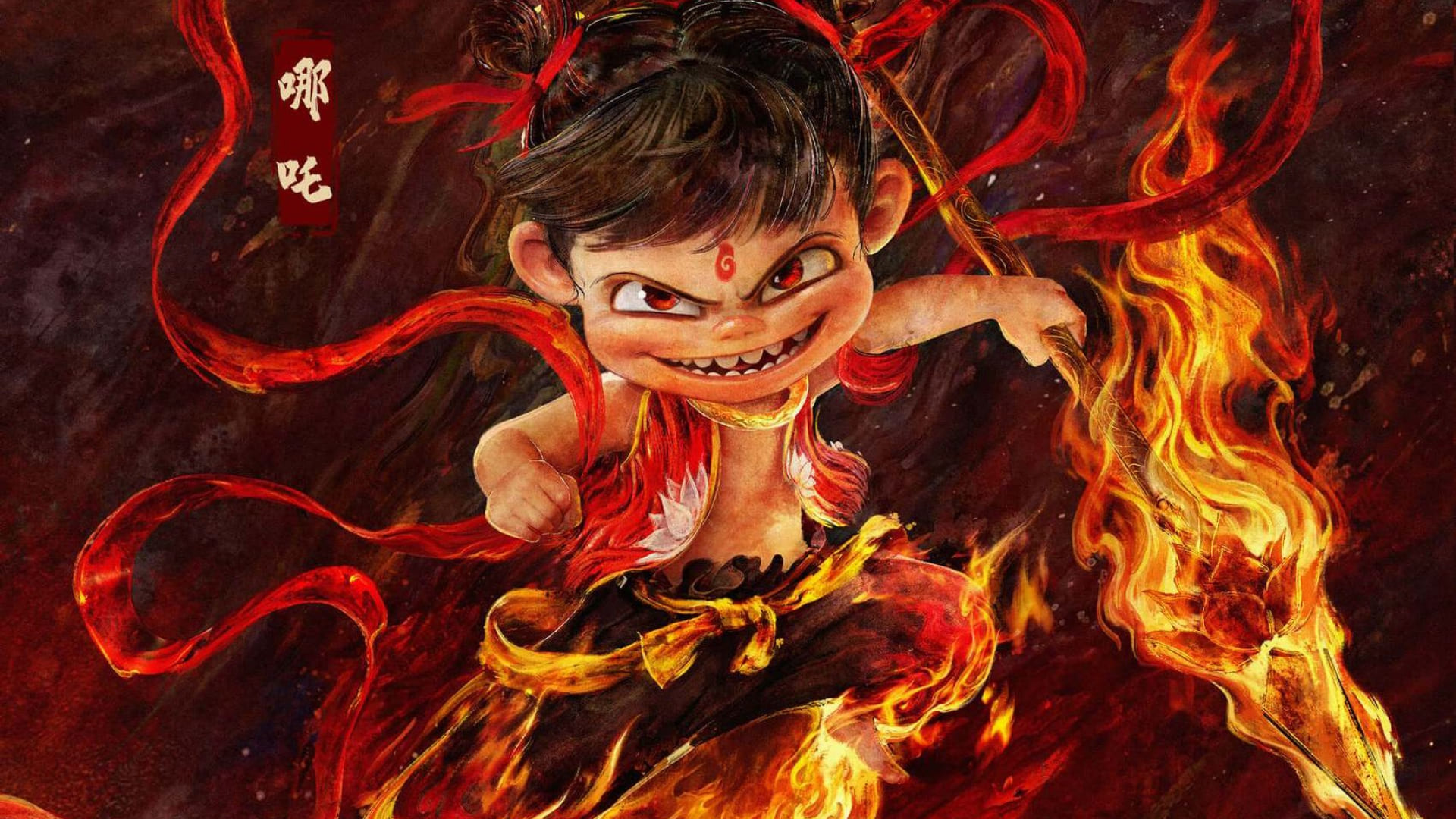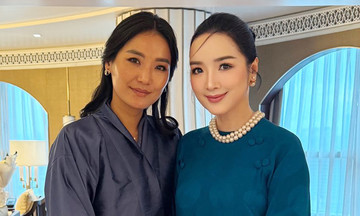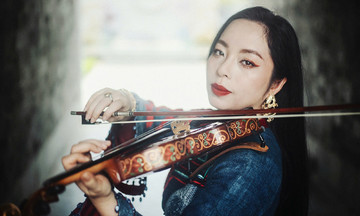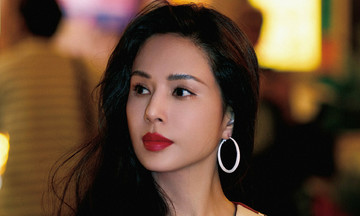Following the success of Nezha: Birth of the Demon Child (2019), director Jiaozi (real name Yang Yu) solidified his position in the Chinese animation scene and laid the groundwork for a distinctive Chinese cinematic universe. Nezha 2: The Tribulation of the Deities (2025) expands the universe's scope, characters, and philosophical depth. The film dominated the box office during the Lunar New Year holiday and continued its success on streaming platforms in early August, becoming the highest-grossing animated film globally.
Book and Film Globe noted that despite drawing inspiration from the classic novel Investiture of the Gods, the film resembles popular anime franchises like Dragon Ball and Naruto, blending epic battles, humor suitable for all ages, and a dramatic storyline.
In the novel, Nezha possesses supernatural abilities from birth, becomes a disciple of Taiyi Zhenren, and ultimately commits suicide after killing the crown prince of the East Sea Dragon Clan, only to be reborn by his master using lotus flowers. While the novel portrays Nezha's father as a strict disciplinarian, the film depicts a supportive and accepting family. Director Jiaozi deviates from the source material, incorporating a modern perspective and expanding the cast to create a multifaceted world of deities.
The film conveys a message of overcoming prejudice, emphasizing that one's identity is self-defined, not imposed by others. Family affection is a prominent theme, serving as the foundation of character development. The relationships between Nezha and his parents—Li Jing and Lady Yin—and between Ao Bing and the Dragon King are portrayed through touching moments, reflecting sacrifice and aiming to bridge generational gaps.
The friendship between Nezha and Ao Bing is a highlight of the second installment. Despite belonging to opposing factions, they forge a bond through shared experiences. At the film's climax, Nezha tells Ao Bing, "I know you'll be back." When Ao Bing asks why, Nezha replies, "Because we're young and unafraid of anything.".
Beyond the narrative, significant attention was given to visual effects, settings, and costumes. The film's scope extends beyond the land of Chentang Pass to the sea, where various forces clash. Post-production was handled by Chinese teams involving 138 companies and over 4,000 personnel. Over five years, 1,948 visual effects shots underwent countless revisions. To capture the characters' spirit and emotions, director Jiaozi acted out their inner thoughts and actions for the animators.
Some scenes, lasting only seconds on screen, required months of work. One such scene involves the "iron chains" imprisoning thousands of demons beneath the Dragon Palace. During the battle, the chains swing naturally, creating a striking visual effect.
According to Our China Story, since the team lacked prior experience with similar effects, they spent months researching, experimenting, and adjusting. The chain effects alone took a year to finalize, from initial design to film integration. The scene depicting Shen Gongbao's grief over the deaths of his brother and father, though brief, took over five months due to Jiaozi's demand for nuanced expressions.
Each film focuses on a primary storyline while hinting at other forces at play. Supporting characters have development potential, such as Ao Bing, representing a new generation of the Dragon Clan seeking reconciliation with Nezha. Ao Guang, Ao Bing's father, is a formidable force willing to do anything to protect his son. Shen Gongbao, initially antagonistic, possesses his own motivations and backstory, promising to become central to the conflict in the next installment.
 |
Nezha's character design in the film. Photo: Beijing Enlight Pictures |
According to Screen Daily, one of Nezha's strengths is its balance of local culture and international appeal, rare in previous Chinese animated films. Themes of generational conflict and self-discovery are seamlessly integrated.
The film places its protagonist in a mythological world of humans, immortals, and demons, exploring the journey of overcoming prejudice to define oneself. Drawing from East Asian elements like Taoism, the story is told in a modern, accessible language for a global audience. Traditional instruments such as the suona, pipa, and flute enhance the emotional depth and cultural richness.
Zhang Yixin, a master's student in English Literature at Shandong University, told China Daily that Nezha represents a milestone in Chinese animation, demonstrating the ability to revitalize seemingly familiar stories through creativity. These films not only entertain but also connect cultures, spreading Eastern identity worldwide.
Que Chi (via Global Times, China Daily)











